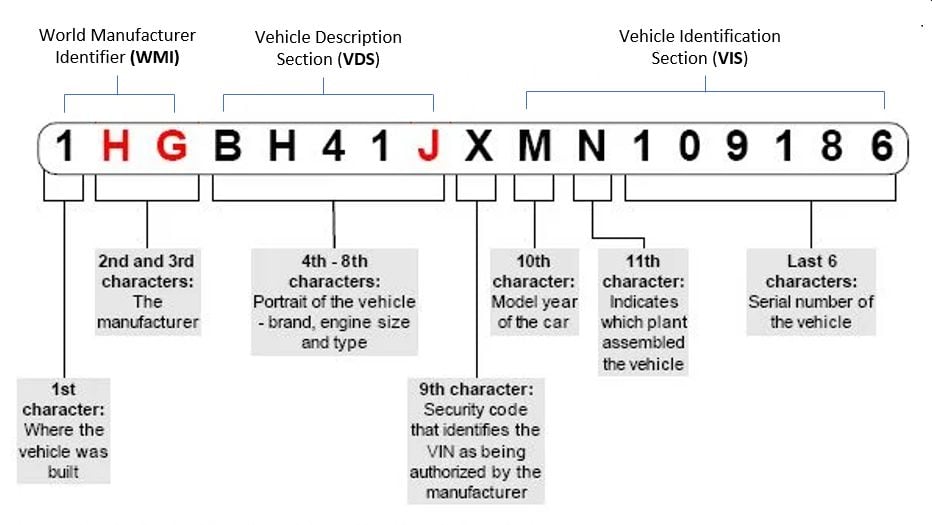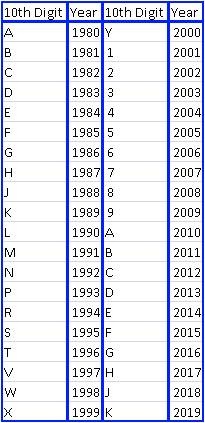
You will then be able to scroll down and view your vehicle’s information. It’s a 3-step process to extract the information provided in the VIN.įirst, select the make of your vehicle. There are 17 numbers and letters (17 positions) in a VIN and you can divide them into. provides an easy-to-use VIN decoder for each vehicle make. The last 6 digits are just the sequestial number identifying the order in which the vehicle came off the assembly line. The VIN decoder for each make vehicle will identify in which assembly plant the vehicle was manufactured.

This coded digit is specific to each manufacturer. See the VIN number model year coding chart for detail information.
#Vin number decoding how to#
Learn the details of how to calculate the VIN check digit. You can choose your manufacturer from the list below: The uniqueness of the vehicle attribute codes is why this site is divided into VIN decoder pages for each manufacturer. There are some conventions in the attributes section, but each manufacturer uses a unique system to identify their vehicle’s attributes. The next 5 digits (characters 4-8) are used to identify specific attributes of the vehicle. A VIN decoder will use the first digit to identify the manufacturer’s region: The first 3 digits of the VIN, collectively, are the World Manufacturer Identifier or WMI. VIN’s are not just a random collection of characters, they are formatted to represent specific information about the vehicle. Any claims or reports filed on behalf of a vehicle will contain the VIN. Since every vehicle’s VIN is unique, they are used to track the vehicle’s history.

VIN’s were standardized in 1981, requiring each VIN consist of 17 digits. The VIN is a unique number that is used to identify every vehicle. To decode your automotive VIN, pick the make of your car from the list below:Ī VIN (Vehicle Identification Number) is provided on every commercially manufactured vehicle.


 0 kommentar(er)
0 kommentar(er)
